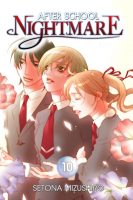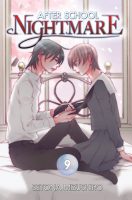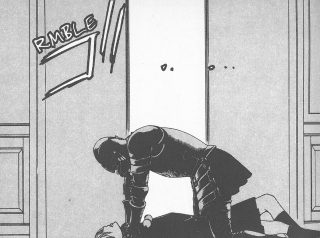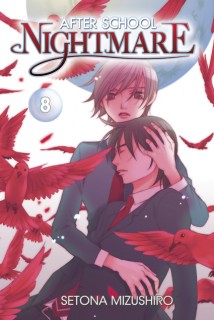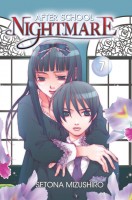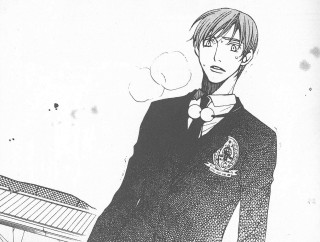 Over the last few years one of the features at Experiments in Manga has been a monthly manga review project. What makes these reviews any different from the rest found on the site? Not much, really, except that the readers of Experiments in Manga actually helped to choose the manga that would be featured. The subject of my third monthly manga review project was put up for a vote about a year and a half ago. I narrowed down the genre to horror–using a very broad definition of horror–and selected five options from which readers could pick: After School Nightmare by Setona Mizushiro, Dorohedoro by Q Hayashida, Mushishi by Yuki Urushibara, Nightmare Inspector by Shin Mashiba, and Tokyo Babylon/X by CLAMP.
Over the last few years one of the features at Experiments in Manga has been a monthly manga review project. What makes these reviews any different from the rest found on the site? Not much, really, except that the readers of Experiments in Manga actually helped to choose the manga that would be featured. The subject of my third monthly manga review project was put up for a vote about a year and a half ago. I narrowed down the genre to horror–using a very broad definition of horror–and selected five options from which readers could pick: After School Nightmare by Setona Mizushiro, Dorohedoro by Q Hayashida, Mushishi by Yuki Urushibara, Nightmare Inspector by Shin Mashiba, and Tokyo Babylon/X by CLAMP.
Much to my surprise, there ended up being a tie between After School Nightmare and Mushishi. So, instead of trying to come up with some arbitrary way to choose one series over the other, I decided that I would simply review both of them. Between December 2014 and July 2016 I alternated between the two series until I had reviewed every volume of the manga. I also wrote a bonus Adaptation Adventures feature for Mushishi which provided a brief overview comparing and contrasting some of the series’ adaptations. One thing that I personally found interesting about this particular review project was that while I already knew that I loved Mushishi (I simply hadn’t previously written much about it at Experiments in Manga), After School Nightmare was a manga that I had started but never finished and so didn’t know what my overall impression of the series would be.
As was the case with my past two review projects (namely Blade of the Immortal and the Year of Yuri), I greatly enjoyed delving into After School Nightmare and Mushishi as part of the horror manga review project. Though both series share some similarities, such as strong psychological elements, a unsettling atmospheres, and an ominous sense of foreboding, they are still very different from each other. One particularly notable difference between the two is how each manga approaches and treats themes of life and death. Life in Mushishi is something that is held as sacred in which one person is part of a much greater whole; in After School Nightmare, life consists of trials and tribulations that must be personally overcome and is something that must be actively claimed as one’s own.
Found below are the links to the individual in-depth reviews and features associated with the horror manga monthly review project. Though not specific to the review project itself, tags for both After School Nightmare and Mushishi are also available for browsing.
After School Nightmare
After School Nightmare, Volume 1
After School Nightmare, Volume 2
After School Nightmare, Volume 3
After School Nightmare, Volume 4
After School Nightmare, Volume 5
After School Nightmare, Volume 6
After School Nightmare, Volume 7
After School Nightmare, Volume 8
After School Nightmare, Volume 9
After School Nightmare, Volume 10
Mushishi
Adaptation Adventures: Mushishi
Mushishi, Volume 1
Mushishi, Volume 2
Mushishi, Volume 3
Mushishi, Volume 4
Mushishi, Volume 5
Mushishi, Volume 6
Mushishi, Volume 7
Mushishi, Volumes 8, 9, and 10

